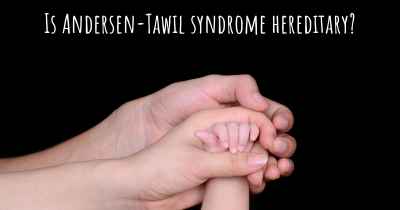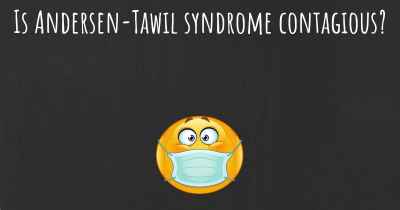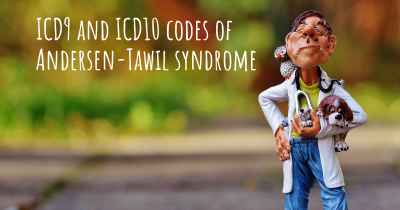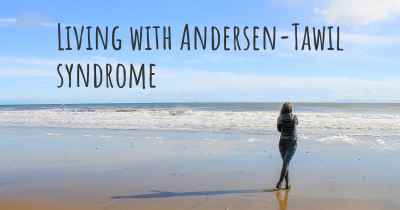What is the history of Andersen-Tawil syndrome?
When was Andersen-Tawil syndrome discovered? What is the story of this discovery? Was it coincidence or not?
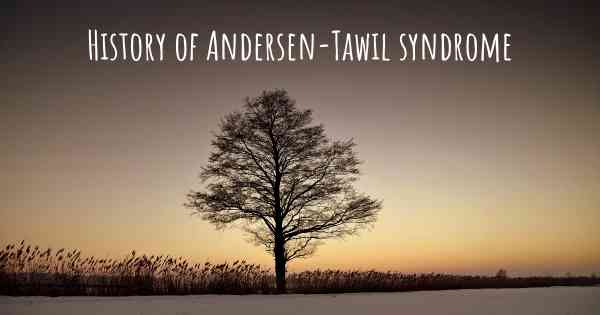
Andersen-Tawil syndrome (ATS), also known as long QT syndrome type 7 (LQT7), is a rare genetic disorder that affects multiple systems in the body. It was first described in the medical literature in 1973 by Frederick S. Andersen and J. A. Tawil, hence the name Andersen-Tawil syndrome. This condition is characterized by a triad of symptoms including periodic paralysis, cardiac arrhythmias, and distinct facial features.
The discovery of ATS began with the observation of patients presenting with periodic paralysis, a condition characterized by episodes of muscle weakness or paralysis that can last from minutes to days. In the early 1990s, researchers identified a gene called KCNJ2 that was associated with a form of periodic paralysis. This gene encodes for a protein called Kir2.1, which plays a crucial role in maintaining the electrical stability of cells in various tissues, including skeletal muscles and the heart.
Further investigations revealed that mutations in the KCNJ2 gene were not only responsible for periodic paralysis but also contributed to the development of cardiac arrhythmias, particularly a specific type of arrhythmia called ventricular arrhythmias. These arrhythmias can lead to a prolonged QT interval on an electrocardiogram (ECG), hence the classification of ATS as a subtype of long QT syndrome.
The distinct facial features associated with ATS were later recognized as an additional characteristic of the syndrome. These features include a small lower jaw (micrognathia), a high-arched palate, and a prominent forehead. However, it is important to note that not all individuals with ATS exhibit these facial abnormalities.
The inheritance pattern of ATS is autosomal dominant, meaning that an affected individual has a 50% chance of passing the condition on to each of their children. However, it is also possible for ATS to occur sporadically, without a family history of the syndrome. This is due to de novo mutations, which are genetic changes that occur for the first time in an affected individual and are not inherited from their parents.
Over the years, researchers have identified various mutations in the KCNJ2 gene associated with ATS. These mutations can disrupt the normal function of the Kir2.1 protein, leading to alterations in the electrical properties of cells. This, in turn, affects the excitability of skeletal muscles and the heart, resulting in the characteristic symptoms of ATS.
The diagnosis of ATS is based on a combination of clinical features, genetic testing, and specialized cardiac evaluations such as ECG and Holter monitoring. Treatment options for ATS aim to manage the symptoms and reduce the risk of cardiac arrhythmias. Medications such as beta-blockers and anti-arrhythmic drugs may be prescribed to control the heart rhythm. Additionally, lifestyle modifications, including avoiding triggers such as certain medications and strenuous exercise, may be recommended.
In conclusion, Andersen-Tawil syndrome is a rare genetic disorder characterized by periodic paralysis, cardiac arrhythmias, and distinct facial features. The discovery of the KCNJ2 gene and its association with ATS has provided valuable insights into the underlying mechanisms of the syndrome. Ongoing research continues to improve our understanding of ATS and may lead to further advancements in its diagnosis and treatment.


